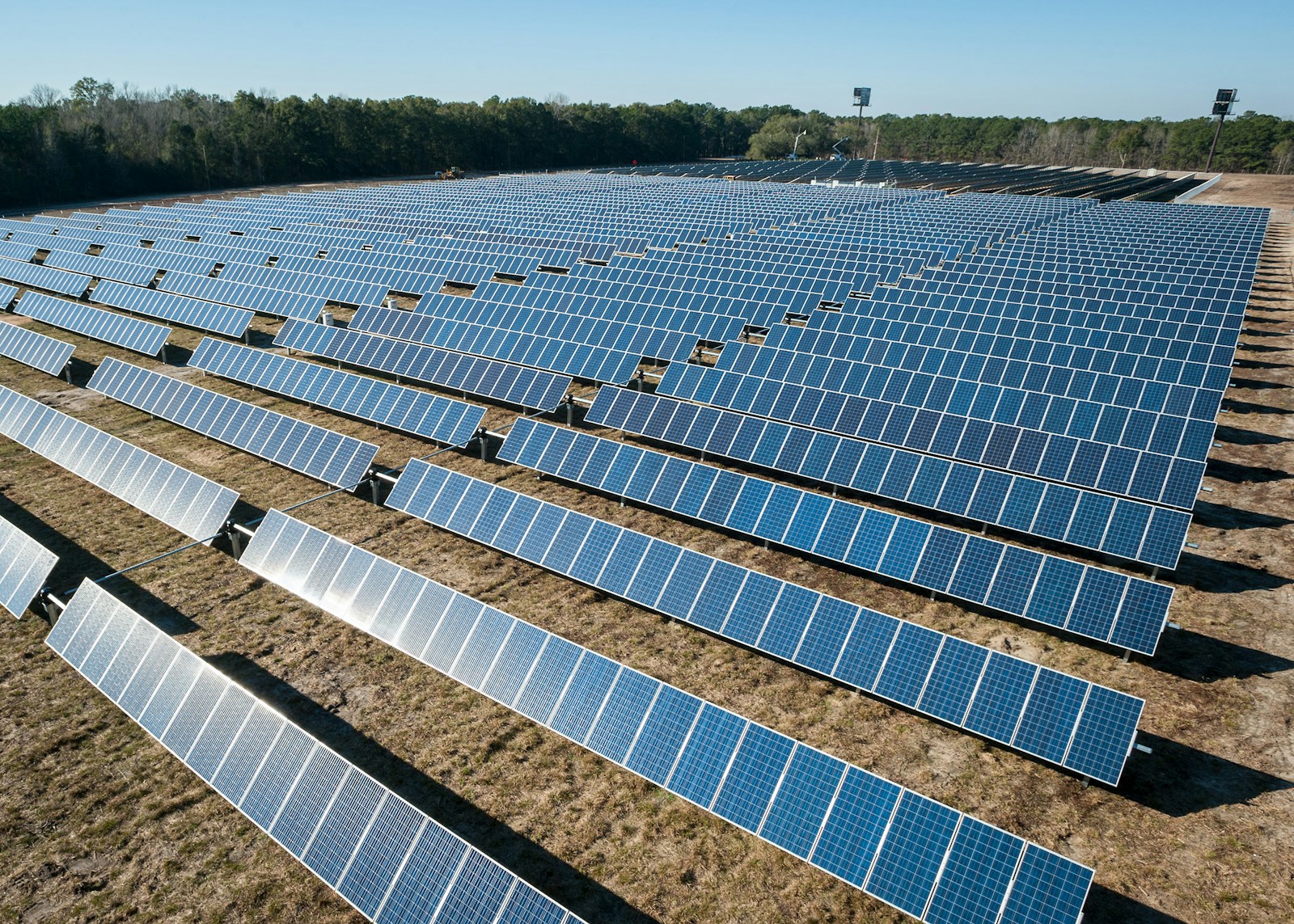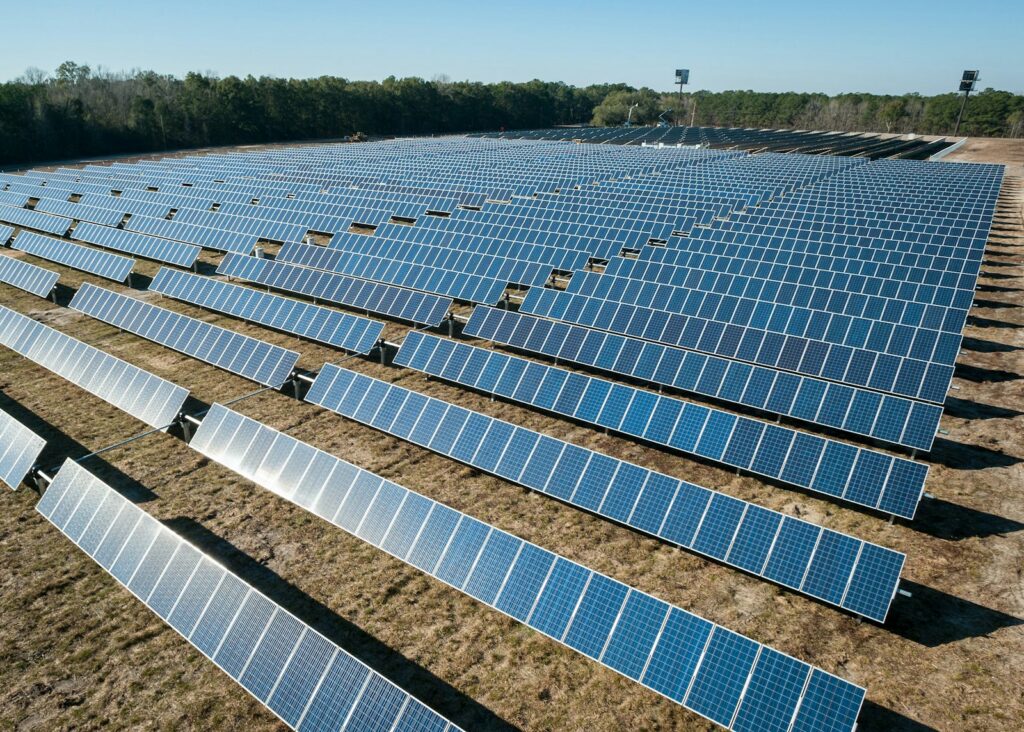A Sage on the Grand Energy Transition: Vaclav Smil
By Branko Terzic

Professor Vaclav Smil is Bill Gates' favorite author when it comes to issues of energy and climate change. By June 2023 Smil had published 47 books and more than 500 papers on these topics. He is a Distinguished Professor Emeritus at the University of Manitoba, a Fellow of the Royal Society of Canada (Science Academy) and was decorated by the Canadian government as Member of the Order of Canada. Thus, he is someone worth reading.
In my reading of Smil’s works I learned humanity has experienced three major energy transitions and is now struggling to “kick off a fourth.” Here’s a short summary from Global Catastrophes and Trends: The Next Fifty Years (The MIT Press 2012) with my comments.
The First energy transition according to Smil was the mastery of fire, which allowed humans to liberate energy from the sun by burning plants. Wood and wood derived charcoal became the predominate fuels. The benefits of fire included heat, light into the evenings, the ability to eat more types of vegetables and the cooking of meats accelerating human digestion and energy extraction by the human body. Our ancestors gathering around common campfires also developed their languages and family structures around the hearths. Control of fire, in the form of burning of coal and natural gas to make steam and in combustion in engines, is still the predominant technology for energy conversion.
The Second energy transition was the advent of farming, which converted and concentrated solar energy into food, freeing people for pursuits other than sustenance. In Children of the Sun (WW Norton 2006) Professor Alfred Crosby reported that:
“Hunter-gatherers, need enormous spreads of territories to exploit, something like ten square miles per person… Farmers tap sun power so efficiently that they need only about a tenth of a square mile to support a single person.”
During that second era, which ended just a few centuries ago, farm animals and larger human populations also supplied energy, in the form of muscle power. Later the industrial revolution reached agriculture increasing productivity and crop yield through the extensive use of mechanized equipment relying on high energy density and cheap fossil fuel.
In The Energy of Slaves: Oil and the New Servitude (Greystone Books 2012) author Andrew Nikiforuk reported that “…between 1950 and 2000 agricultural productivity increased 7 times...”
The Third energy transition was that of industrialization beginning in the 19th century and with it, the rise of fossil fuels. Coal became the first predominate energy source after available water wheel power was exploited, and later oil and natural gas each, in turn, rose to prominence. Energy conversion became the domain of machines such as coal-fired power plants both stationary in use in electric power plants and mobile for steam engines for railroads. Later oil with its high energy density, easy storage and transport become the dominant fuel for transportation in the form of the automobile, trucking and ocean shipping.
According to Smil the factors which drove the switch to fossil fuels were the earlier deforestation resulting in the declining resources of wood, the higher quality of fossil fuels including higher energy density, easier storage and greater flexibility along with the lower cost of coal and other hydrocarbons.
By the time of the American revolution 1776 England for example was almost completely deforested as trees were felled for food and for building ships. It became economic to ship wood to England by sail due to the scarcity and high prices for lumber in England.
According to Alfred Crosby:
“...by the 1500’s ..England, Wales and Scotland, were running short of forests. The prices of firewood in Britain rose 700 percent between 1500 and 1630. Britain imported wood from US and Baltics.”
Today Smil observes that humanity is in a Fourth energy transition to renewable energy. This transition is a move to energy sources that do not emit carbon dioxide, and it includes a return to relying on the sun's current energy flows, instead of those trapped millions of years ago in deposits of coal, oil, and natural gas etc. Interestingly, both Thomas Alva Edison and Nikola Tesla envisioned a future where the sun would be the source of energy. Edison wrote:
“Someday man will harness the rise and fall of the tides, imprison the power of the sun, and release atomic power.”
The first three energy transitions were not organized or promoted by any level of government. They occurred naturally with the recognition that the new energy sources were superior to what was being replaced in terms of cost, convenience, energy density. This time it is different. Smil supplies these reasons:
- No urgency due to supply issues, as we are not running out of fossil fuels.
- New energy sources are not qualitatively superior as they do not have superior energy density or convenience,
- Production of new energy sources will not be substantially cheaper unless high levels of “externality” costs are included, aka carbon taxes.
One important point to keep in mind is that the energy “transition” now put forward by U.S. policymakers is that of “full electrification” of the economy. This means that existing coal and natural gas fueled power plants need to be replaced with renewable sources, and that new renewable electric power plants will need to be built to replace natural gas for home and commercial space heating and cooking, and that additional new power plants need to be built so that electric vehicles can replace our fleet of over 280 million internal combustion engine vehicles.
In Global Professor Vaclav Smil lists “Five Reasons Energy Transition from Fossil to Non-Fossil Will be Difficult” and his words are in Italic followed by my comments:
- “The scale of the shift is huge.” In an earlier Weekly Commentary, I had roughly calculated how much new electricity generating capacity would need to be built for full electrification of the US economy. My calculation showed electric generation capacity would need to increase by a factor of five.
- “Replacement fuels have low er energy density.” Meaning that uses which require that the energy sources be transported will be limited as to range and recharging as gasoline has 100 times the energy density of current lithium-ion batteries.
- “Lower power density of renewable energy extraction” meaning that more land area will be devoted to solar farms and wind arrays on an order of magnitude greater than in use now.
- “Intermittence of power flows” with require investment in large scale electricity storage and other balancing infrastructure to maintain expected levels of adequacy and reliability of the electric grid.
- “Uneven distribution of renewable energy resources” refers to the great resources of sun and wind in the Western US while the population centers are in the Midwest and on the coasts requiring significant investment in new long distance electric power transmission.
The conclusion I draw from all this is that the Fourth energy transition will take longer and be more expensive than the three earlier ones. Public support for the transition will be dependent on the level of cost increases required and public acceptance of any lowering of reliability of energy services accompanying the transition.
The Honorable Branko Terzic is a former Commissioner on the U.S. Federal Energy Regulatory Commission and State of Wisconsin Public Service Commission, in addition to energy industry experience was a US Army Reserve Foreign Area Officer ( FAO) for Eastern Europe (1979-1990). He hold a BS Engineering and honorary Doctor of Sciences in Engineering (h.c.) both from the University of Wisconsin- Milwaukee.
#BrankoTerzic #energy #regulations #experience #research #future #opportunity #strategy #management #people #electricity #power #utilities #renewables #RenewableEnergy #energysector #powergeneration #energyindustry #powergrid #power #electrical #electricalgrid #solarenergy #engineering #powerlines #powerdistribution #substation #powerplant #powersystems #electricalengineering #cleanenergy #powersector #gogreen #climatechange

